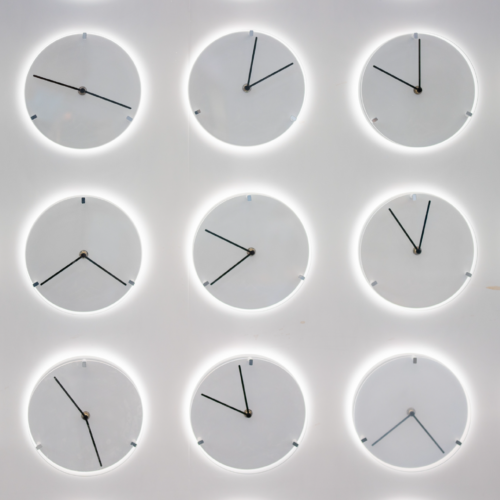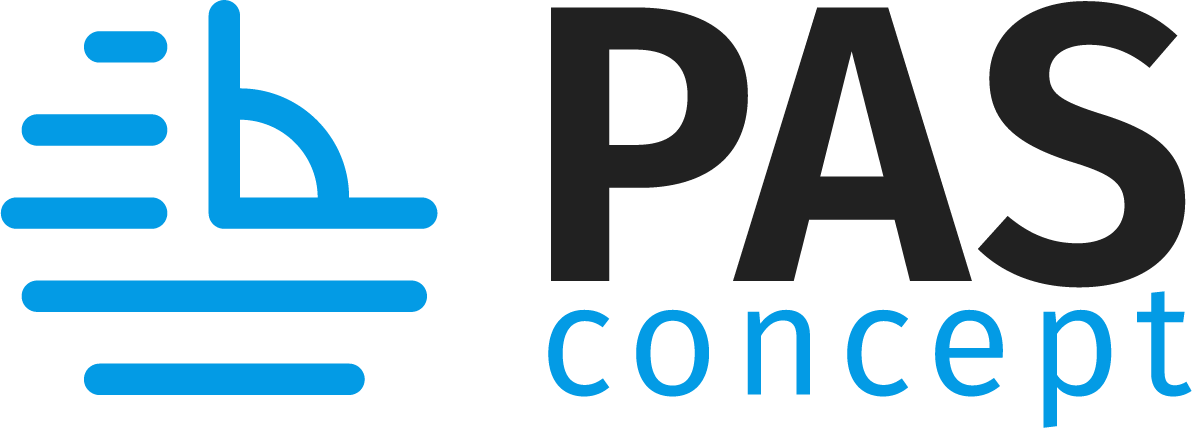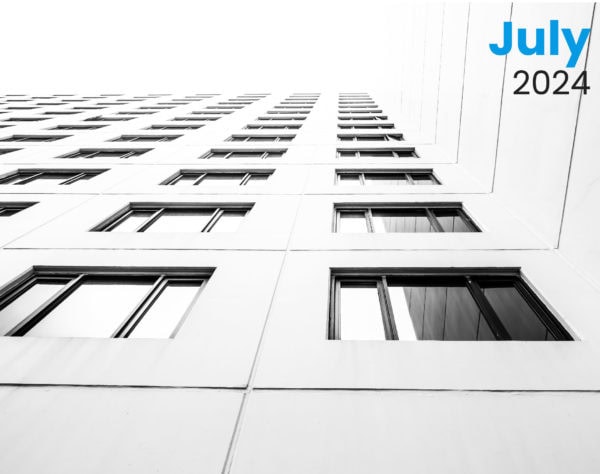
Proposal Payment Schedule
Before offering a pricing proposal, architects and engineers must fully describe and comprehend the client’s and the project’s requirements as well as the amount of professional services needed.
A proposal represents the face of the company. A well-written proposal will more than pay for itself. This is your moment to dazzle and convince potential clients to hire you.
With PASconcept you can easily create your proposal in minutes following our step-by-step wizard. One important step when creating a proposal is the Payment Schedule. You can elaborate or simplify your payment schedules templates from the settings and configuration of your company profile.
In PASconcept, fees are fully customisable depending on the type of job. Typically, payments are made monthly or at certain milestones (e.g. 30% Due at Time of Signed Contract Agreement, 60% Due at 100% Construction Documents Submittal, 10% Due at Approval of Construction Documents). When it comes to payment terms, you should be able to easily modify them to meet any company requirements. Consequently, you can specify or modify a particular form of payment with a client in this fourth step. With PASconcept, you may select from a number of previously established payment conditions and alter them without repeatedly going back to the same document.
Why do we use payment schedules?
A proposal payment schedule is a formalized plan or schedule detailing how often payments will be made for services rendered, in this case directed to architects or engineers. Payment schedules allow the clients to know the specific amounts of payment to be made for signed contract agreement. It should be used to avoid misunderstandings, ensure timely payment, and help to prevent disputes since it is an officially signed agreement between both parties, a client, and a service provider Engineer/or Architect.
An architect or engineer who uses a proposal payment schedule should do so for many reasons. The proposal payment schedule lays out exactly what is expected in terms of services and when payment is due.
Make sure payments are made on time
A proposal payment schedule can also help to ensure timely payment. Often, architects or engineers work on projects on a contingent basis, meaning they are not guaranteed a job until the project is completed. By taking the time to create a proposal payment schedule, architects or engineers can ensure that they are paid for their services as soon as the project is completed. This avoids any potential delays or disputes due to payment disputes.
By using a proposal payment schedule, architects and engineers can avoid any disagreements and ensure that they are paid for their services as soon as the project is completed.
How do project payment schedules work?
Project payment schedules are used to control and manage the flow of money from one party (the contractor) to another party (the project owner). Payment schedule models can be simple or complex, depending on the needs of each organization. Most common types of payment schedules include milestone-based, weighted average completion time, and pay as you go. Milestone-based payment schemes rely on specific dates at which payments should be made. This type of schedule is often used in construction projects because it allows contractors to know how much they will earn at any given stage in the project timeline. Weighted average completion time payments scheme assigns a weight to each milestone and makes sure that all milestones receive equal attention when calculating final payout amounts.

Types of payment schedules
Payment schedules play an important role in project management and they help to deal with different issues that can often arise during a project. For example, they can help to ensure that deadlines are met and that the funds destined for a project are received in a timely manner. There are a number of different types of payment schedules, each with its own benefits and drawbacks.
There are two main types of payment schedules: traditional payment schedules and milestone payment schedules. With traditional payment schedules, payments are made on a regular basis, usually once every week or two. This type of schedule is usually easier to control, because it allows workers to plan their income and spending in advance. However, it can be more difficult to manage, because it can be difficult to predict when a particular payment will be made.
Milestone payment schedules are more flexible than traditional payment schedules. This type of schedule typically involves payments being made after each stage of a project is completed. As a result, it can be more efficient, because it avoids the need to wait for payments to be made after the entire project has been completed. However, it can be harder to control, because it is more difficult to predict when a particular stage of the project will be completed.

Project management process
Project payment schedules play an important role in managing a project. They can help to ensure that deadlines are met and that the funds destined for a project are received in a timely manner.
You may make progress payments for a medium-sized to large building project. You shall make the payments in accordance with this timetable at particular project locations. Progress payments come in three flavors: time-based, milestone-based, and completion-based. There are various ways to set up progress payments. The most typical approaches are based on when a project reaches a specific stage.
Most important factor: Time
The typical payment schedules in engineering and architecture are mostly based on time. Time is the most important factor when it comes to billing, as it affects not only how much money an engineer or architect charges for their services but also their reputation. Engineers usually bill by the hour, with half-hour increments. Architects usually bill by the day, with hourly increments up to eight hours per day.
In most cases, an engineer or architect will budget for work in accordance with the estimated time and resources required to complete the project. Likewise, an engineer or architect may also budget for contingencies, such as unanticipated costs or changes in the timeline. The payment schedule for engineering and architecture projects can be quite volatile. A few months before a project is due, the design team will typically receive a set amount of money which may or may not increase as the project progresses. However, once the project is complete and accepted, the team may be paid in lump sum, or in installments over a set period of time, often ranging from a few months to several years.
Get in touch!
The payment schedule is a simple process with PASconcept. You can set up infinite payment schedules templates just entering the information once. If you want to learn more about how we manage and organize payment schedules, please request a demo at the below button!
©️ 2022 PASconcept wrote and published this article. All rights reserved.






